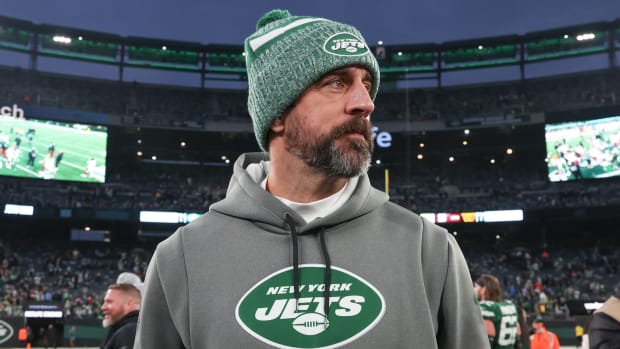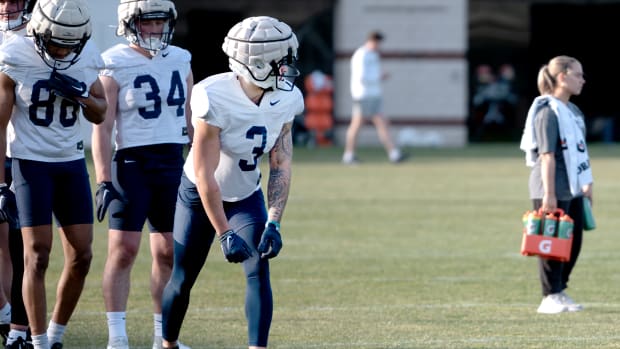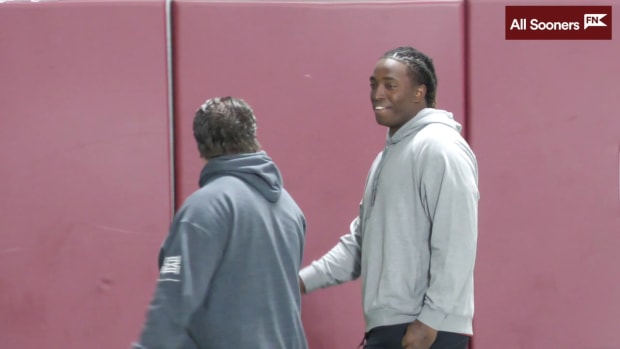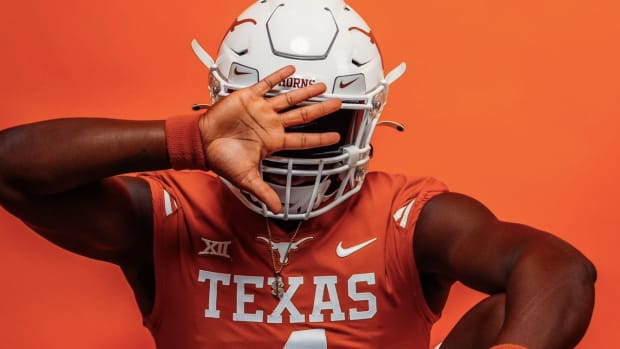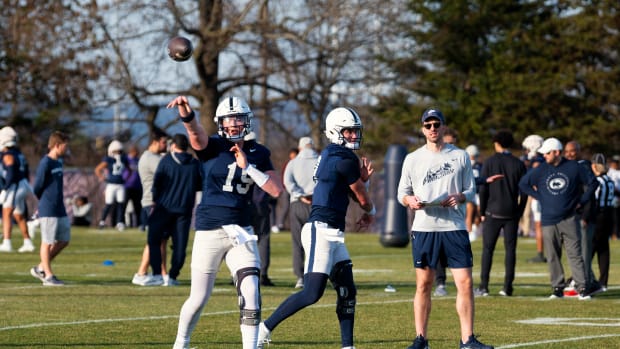The Machinery Is in Motion to Postpone the 2020 College Football Season
After an arduous summer of trying to push the 2020 college football season through a pandemic and toward kickoff, conference leaders abruptly hit the brakes on a chaotic Saturday that felt like the beginning of the end.
First, the Mid-American Conference announced that its presidents unanimously voted to postpone fall sports until the spring. That was the first FBS league to take such a step, and it puts the other nine in a precarious position trying to justify playing. “There are simply too many unknowns to put our student athletes in these situations,” commissioner Jon Steinbrecher said. “This is simply a miserable decision. I am heartbroken we are in this place.”
Then, the Big Ten released a statement saying that it has halted progress toward full-contact practice. From the statement: “We believe it is best to continue in the appropriate phase of activity referenced above while we digest and share information from each campus to ensure we are moving forward cautiously.” The conference had a regularly scheduled presidents meeting Saturday, with rumors percolating nationally that the wealthiest conference is considering postponing fall sports as well. A Detroit Free Press report Saturday cited league sources saying commissioner Kevin Warren is in favor of a spring football season.
Later, a prominent industry source opined to Sports Illustrated: “I think by the end of the week the fall sports will be postponed in all conferences.”
The news whiplash was jarring. Just Friday, the Southeastern Conference announced every member’s opponents for a 10-game season. Earlier in the week, the Big Ten and Atlantic Coast Conference released full schedules. Kickoff for the Big Ten was set for Sept. 3, and the ACC for Sept. 10.
Now? Many people around the sport are bracing for a decision that would be devastating both culturally and financially—a national postponement to spring, at best.
What happened? The closer we got to kickoff, the more misgivings have mounted. There was never a unified belief at the FBS level about how to proceed, and those fissures have become more clear as time went by and the data did not alleviate concerns.
“Almost everything would have to be perfectly aligned to continue moving forward,” NCAA chief medical officer Brian Hainline said Friday night on the association’s weekly Social Series.
Not much has aligned in recent weeks. From a national health perspective: COVID-19 infections soared through July, and deaths have correspondingly risen during August. From a local campus perspective: Colleges have been faced with the reality of trying to curtail athlete outbreaks in a non-bubble setting, while bracing for the return of the full student body en masse. Then there have been individual athlete testimonials about lingering effects of the disease, including heart issues; the large-scale player movements within conferences that articulate their health concerns; and the dozens of players opting out of the season.
As one Power 5 source put it: ”I think the commissioners, presidents and ADs have just started looking around and asking, 'What are we doing?’ ”
The answer, now, is pausing. And in some cases backtracking. And perhaps ultimately a full stop.
It would be somewhat ironic if the multi-billion-dollar college football industry was felled by the MAC, which would rank either ninth or 10th in a hierarchy of the 10-conference FBS. Even more specifically, it could be Northern Illinois—coming off a 5-7 2019 season—that ultimately pushed the first domino.
Sources told SI Friday that NIU was the school advocating hardest for a fall postponement, and that it was likely the Huskies simply would not play in the fall even if the league voted to proceed with the season. Ultimately, the vote went the other way.
“The science told us what we need to do,” a MAC source said. “Health and safety was our primary concern, and not other factors.”
But there is an alternate viewpoint regarding the MAC decision: that it saw which direction Big Ten leaders were contemplating going and simply decided to go there first.
"My theory is they know what the Big Ten is going to do,” said one administrator from a Group of 5 conference. “I think the Pac-12 is ready to go as well and everyone else follows suit.”
SI confirmed that Pac-12 presidents have a previously scheduled meeting Tuesday. The Pac-12 has been more closely aligned with the Big Ten than any other league, following the Big Ten’s decision to play a conference-only schedule with their own identical decision a day later.
If the Big Ten or Pac-12 (or both) bail on the season, it would be a virtual impossibility for the rest of the FBS conferences to continue. "I think it looks too bad,” an SEC source told SI. “I don’t think you can. What do you accomplish? How do you win a national championship?”
Thus the next few days could see a succession of announcements that bring the season to a halt, with the vague hope of starting over in the spring. SEC commissioner Greg Sankey on ESPN radio Saturday cited the events of March 12, when each conference independently but unanimously shut down their basketball tournaments.
“That’s an indicator of the future, but not guarantee,” Sankey said. “I can’t provide certainty but I can provide clarity.”
Over the past five months, since the shutdown of March Madness and all spring sports, college administrators have sought ways to avoid their worst-case scenario: losing the football season. Hopes rose and fell over the course of the summer, depending largely upon the nation’s ability (or failure) to combat the virus.
Even when things looked bleakest, in July, the sport stayed determined to try to carry on. That’s because the alternative is too painful: the loss of tens of millions of dollars in revenue, a financial catastrophe that could lead to wholesale cutting of Olympic sports, athletic scholarships and jobs.
Way back in April, a Power 5 athletic director put the specter of a fall without football in perspective: “We’re all f---ed. There’s no other way to look at this, is there?”
But the financial imperative to play has, in August, run into the hard reality of where the nation and higher education stand in dealing with the pandemic. After failing to win the summer, we are on the brink of losing the fall.
This story will be updated as news develops.

